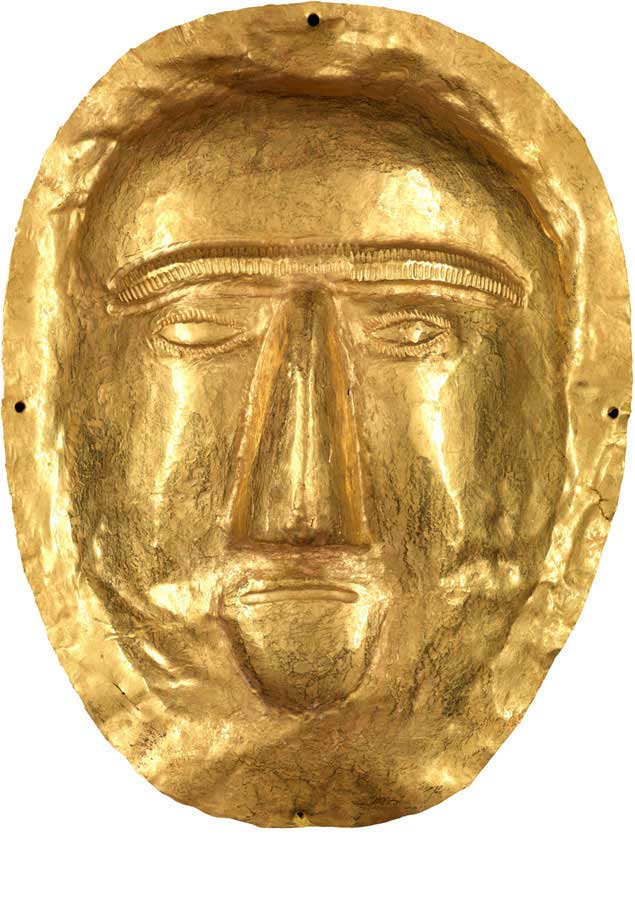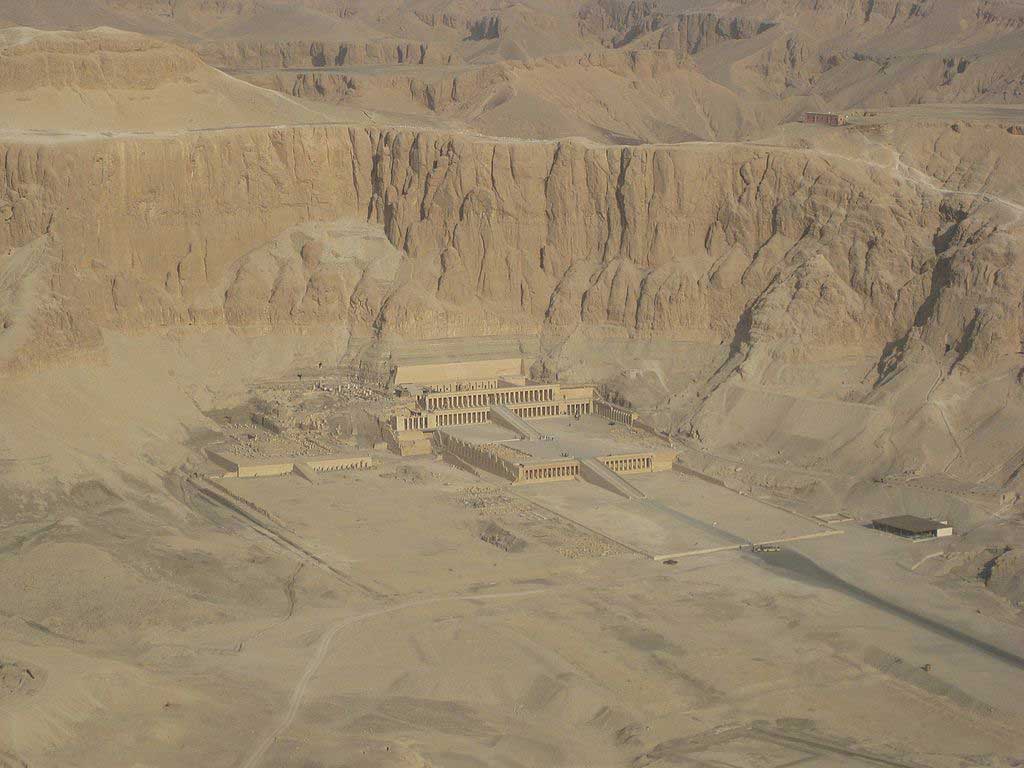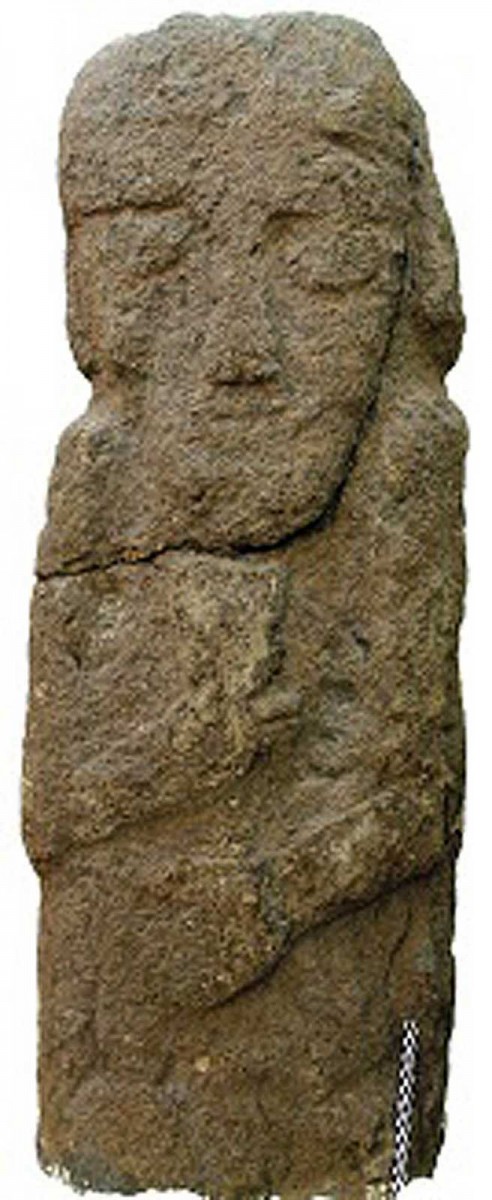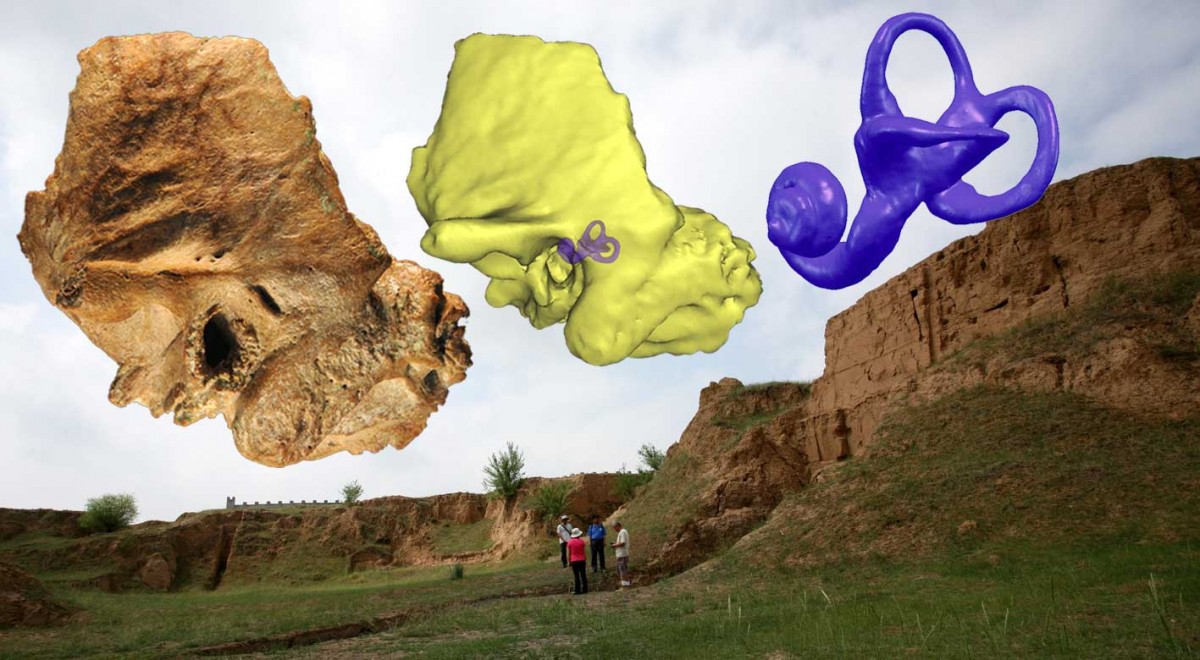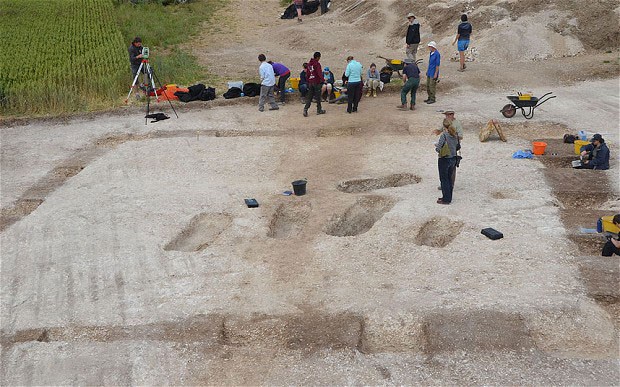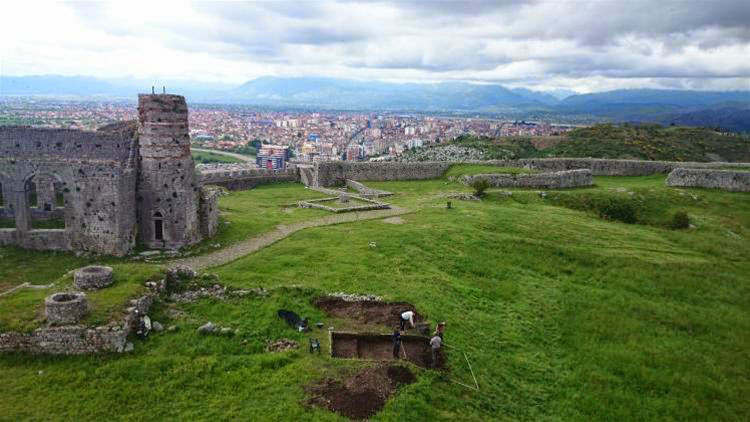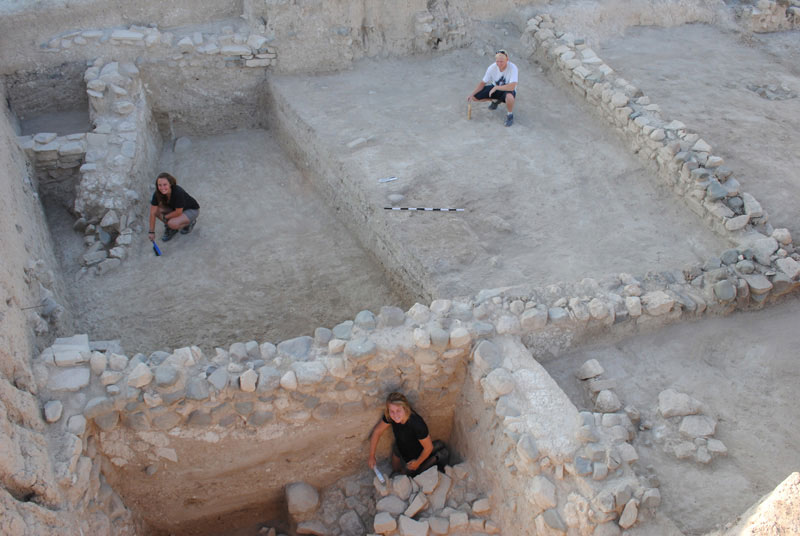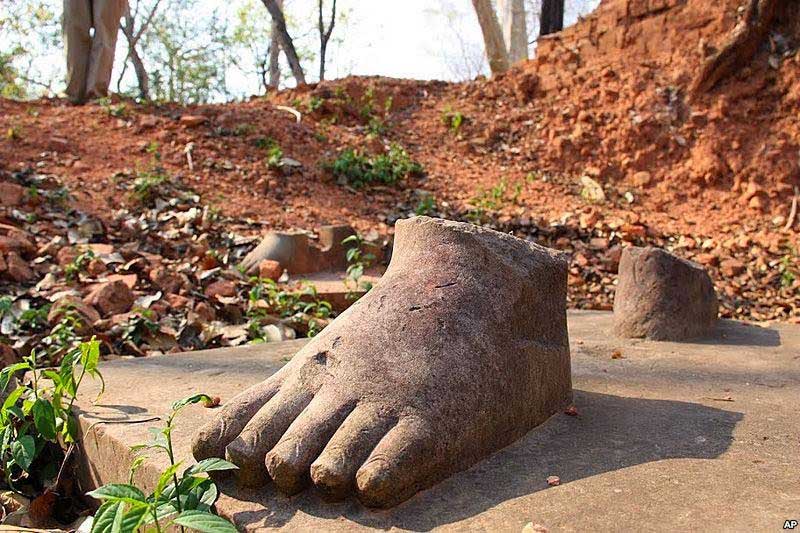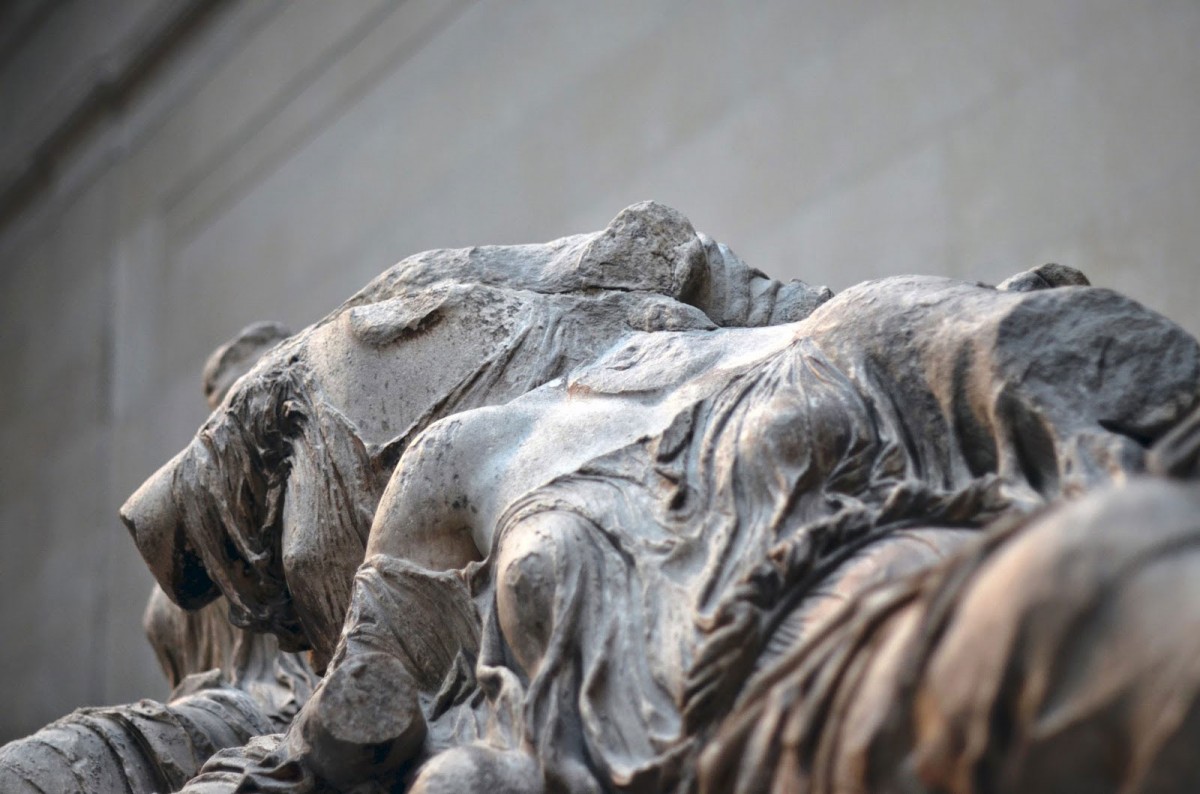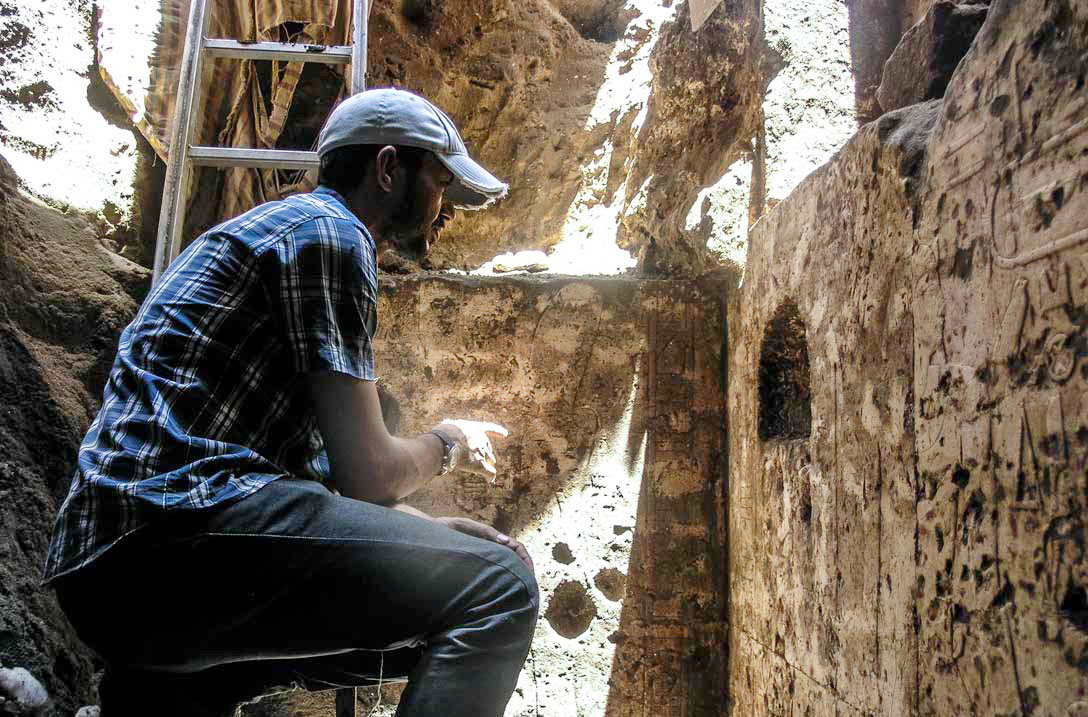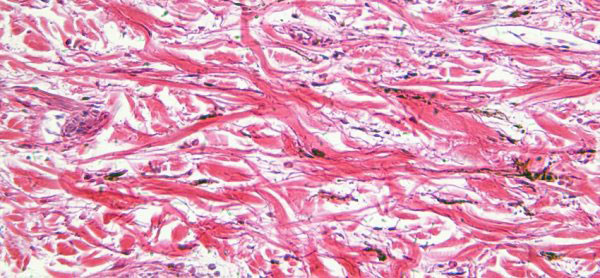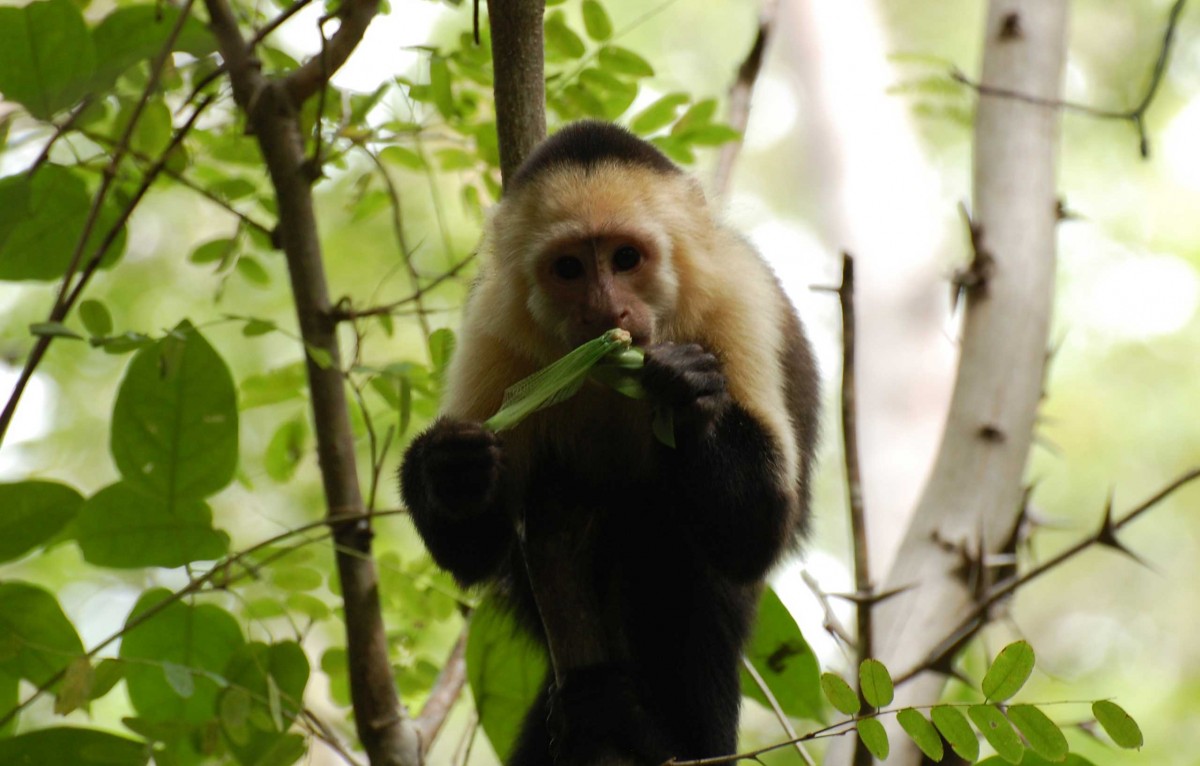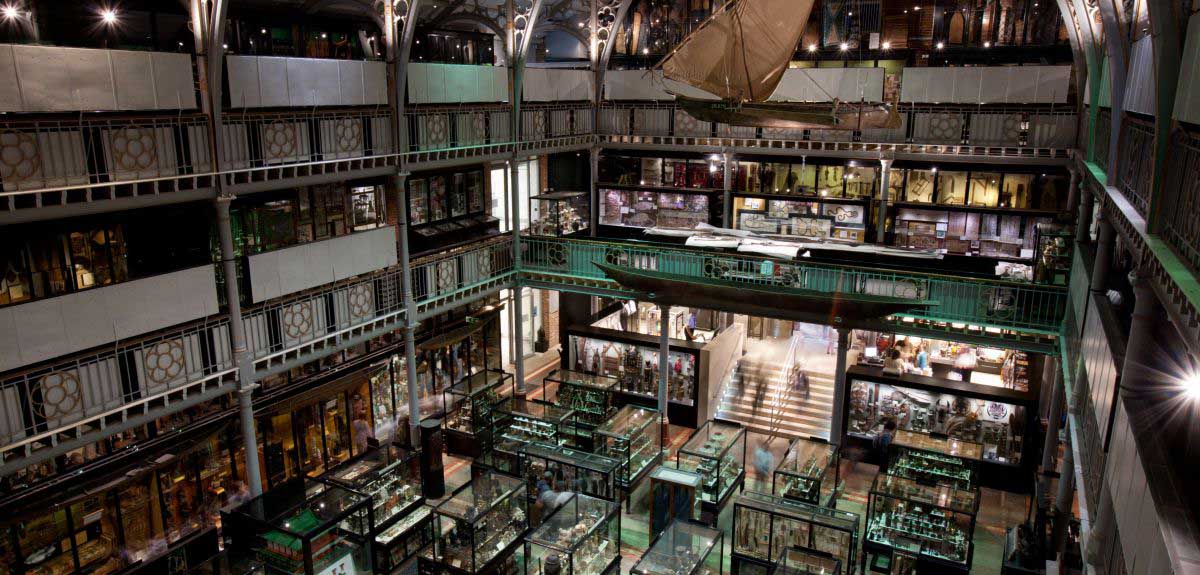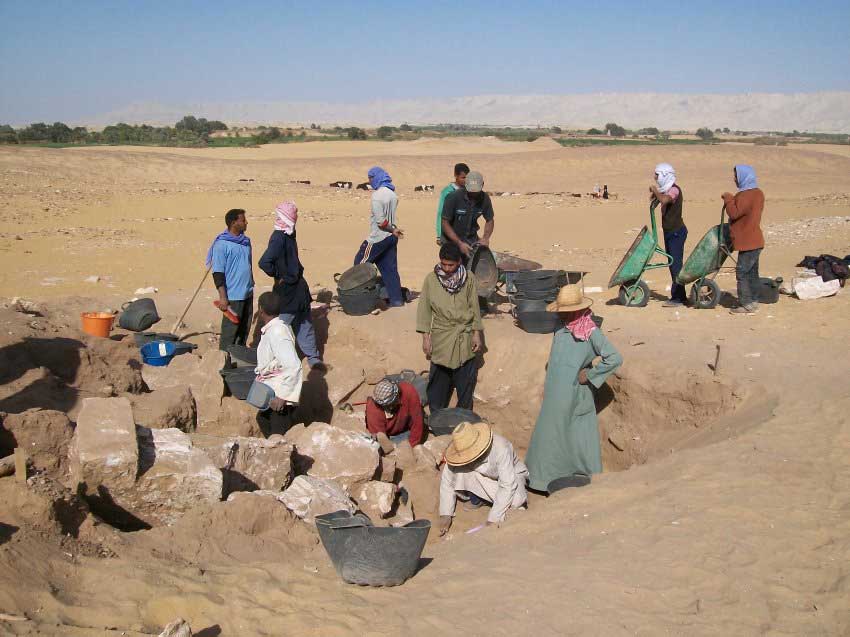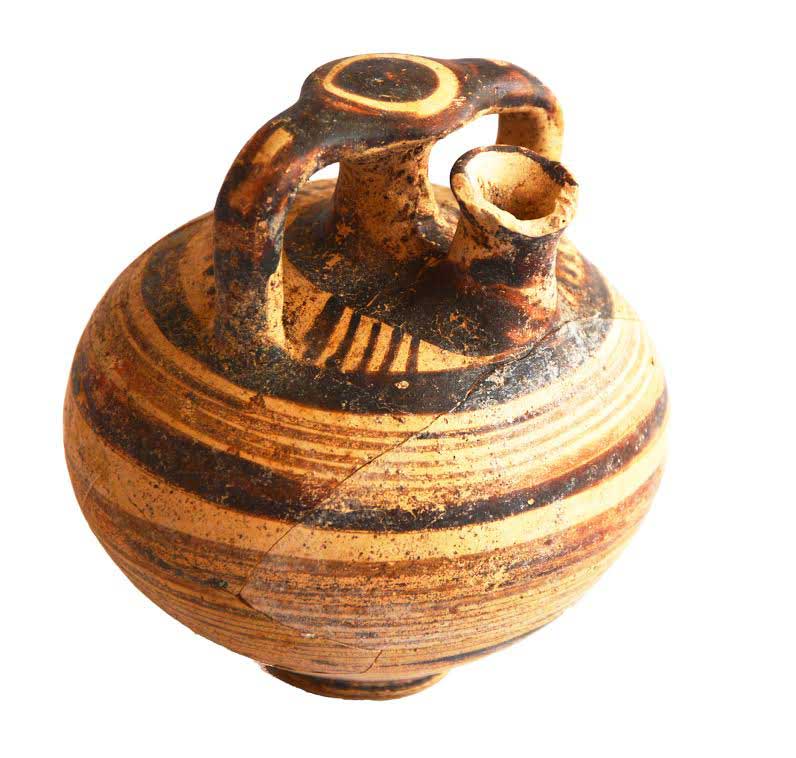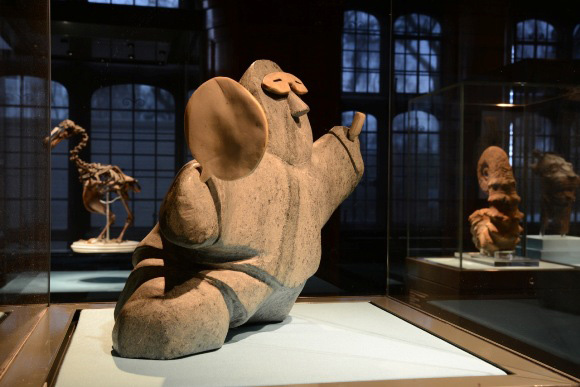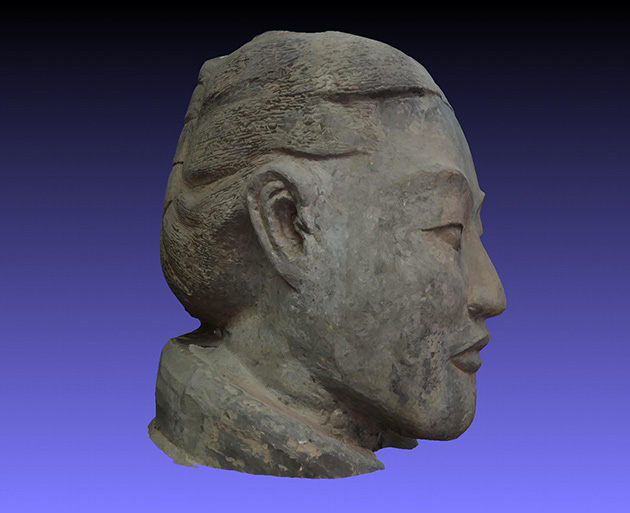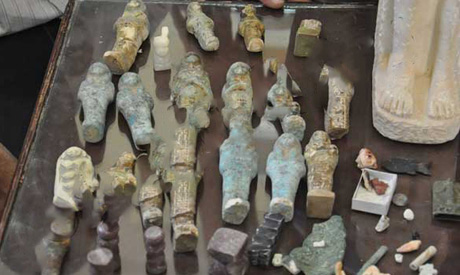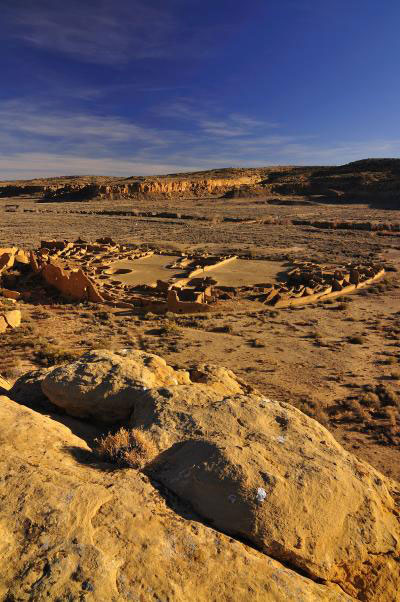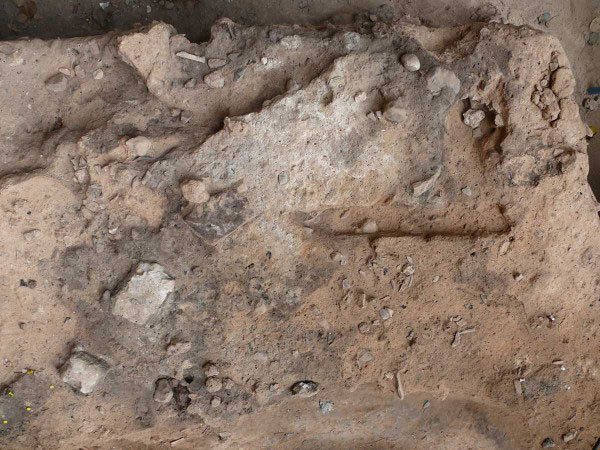The ‘Amazonian savannah’ before the rainforest
Large parts of the Amazon basin may have supported farming communities and looked more like open savannah than rainforest, prior to the arrival of Europeans in South America.
Roads of Arabia
"Roads of Arabia: Archaeology and History of the Kingdom of Saudi Arabia" opens October 24, 2014 and will run through January 18, 2015 at the San Francisco's Asian Art Museum.
Scanning mummies from the Temple of Hatshepsut
The scientists from the Polish-Egyptian Archaeological and Preservation Mission at the Temple of Hatshepsut are using computed tomography and X-ray to study more than 2.5 thousand years old mummies of the priests of the god Montu.
Column bases may represent lost Urartu temple
Column bases may represent lost Urartu temple, according to a recent presentation given at the International Congress on the Archaeology of the Ancient Near East, held at the University of Basel in Switzerland.
Modern humans emerged from complex “labyrinth of biology and peoples”
Re-examination of a circa 100,000-year-old archaic early human skull found 35 years ago in Northern China has revealed the surprising presence of an inner-ear formation long thought to occur only in Neandertals.
Skeletal remains found at a late-Roman villa in England
A new archaeological find uncovered at the Durotriges site in Dorset could help to shed light on the rural elite of late-Roman Britain.
Polish archaeologists discovered medieval bath in Shkodër
Polish archaeologists discovered a fourteenth-century bath in Shkodër - the oldest object of this type studied so far in Albania.
Politiko-Troullia: An archaeological window on the farming and mining communities
The results from Politiko-Troullia open an archaeological window on the farming and mining communities that provided the foundation for urbanized civilization on Cyprus.
Global criminal trafficking network for ancient art revealed
Global criminal trafficking network for ancient art revealed in the first ever empirical study on the matter by researchers at the University of Glasgow.
Interbreeding helped modern humans adapt to new environment
Interbreeding helped modern humans adapt to new environment, according to a new report by University of California, Berkeley, scientists.
Sistine Chapel to increase its visitors
The Sistine Chape is expected to triple its visitors to view Renaissance frescoes, after a new climate control system is installed this autumn.
Parthenon marbles to be separated for the second time
A major British Museum exhibition examining the Greek body next spring is expected to stir up feelings on the most famous and bitterly contested Greek sculptures in the world.
11th-Dynasty chapel found in Abydos
An 11th Dynasty Egyptian chapel was found at the Arabet Abydos area in Sohag by an excavation mission from the Ministry of Antiquities and Heritage (MAH).
Changes in skin’s barrier set Northern Europeans apart
Changes in skin’s barrier set Northern Europeans apart, a new study suggests questioning the role of skin pigment in enabling survival at higher latitudes.
Insects: A key factor in the development of uniquely human skills
Insects may have been a key factor in the development of uniquely human skills, suggests research from Washington University in St. Louis.
The Colosseum was a huge condominium in the Middle Ages
In the late Middle Ages, Rome's Colosseum was a huge condominium, says the latest archaeological investigation into Rome's most iconic monument.
Oxford University Museums to receive nearly £4.5 million over three years
Oxford University Museums have been awarded £1.45 million per year for three years from 2015 by Arts Council England.
Mystery behind Disappearance of Persian Army Solved
The mystery behind the disappearance of a Persian army of 50,000 men in the Egyptian desert around 524 BC seems to have been solved.
Excavations at Dromolaxia-Vizatzia (Hala Sultan Tekke) completed
The 2014 field season at the Late Bronze Age city at the site of Dromolaxia-Vizatzia (Hala Sultan Tekke) has been completed. The site lies close to Larnaca International Airport and the famous mosque with the same name.
Major Partner Museum status for UCM
Yesterday Arts Council England awarded University of Cambridge Museums (UCM) continuing Major Partner Museum status and nearly £4.5m for 2015-18.
3D modelling of China’s Terracotta Army
The results of 3D modelling of China's Terracotta Army, undertaken by UCL Institute of Archaeology and international colleagues, have recently been published in the Journal of Archaeological Science.
Looted Egyptian artefacts recovered
Looted Egyptian artefacts were recovered by the Tourism and Antiquities Police after the members of a gang specialising in illegal excavation work and the looting of antiquities have been caught.
Ancient baby boom holds a lesson in over-population
Washington State University researchers have sketched out one of the greatest baby booms in North American history, a centuries-long “growth blip” among southwestern Native Americans between 500 and 1300 A.D.
The Neanderthal Meal
Neanderthals in Europe cooked and ate plants some 50,000 years ago, according to an analysis of fossilized fecal material recovered at the Neanderthal occupation site El Salt in southern Spain.

